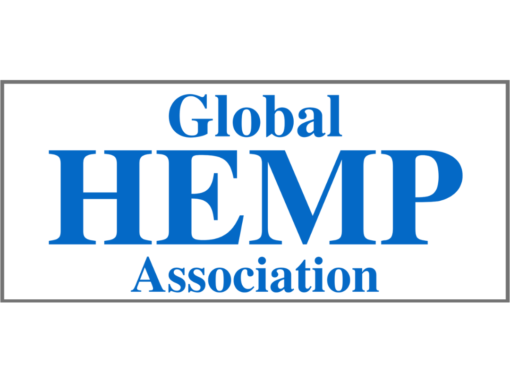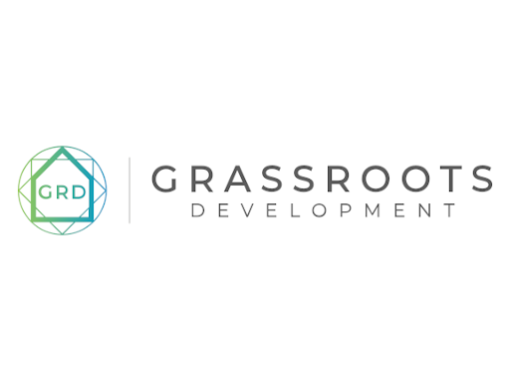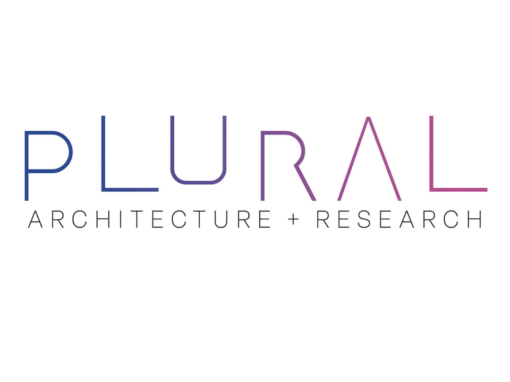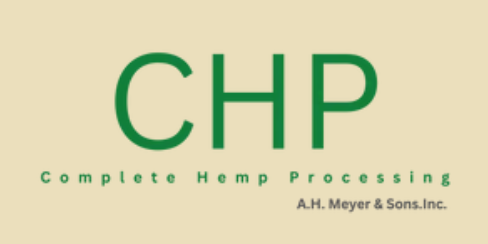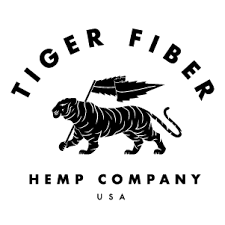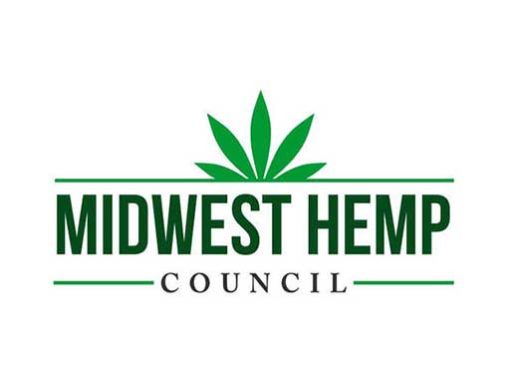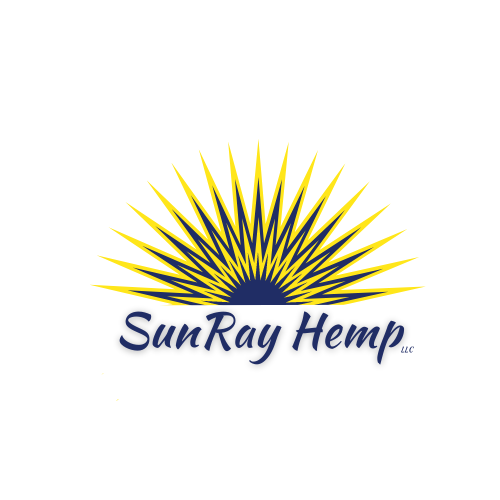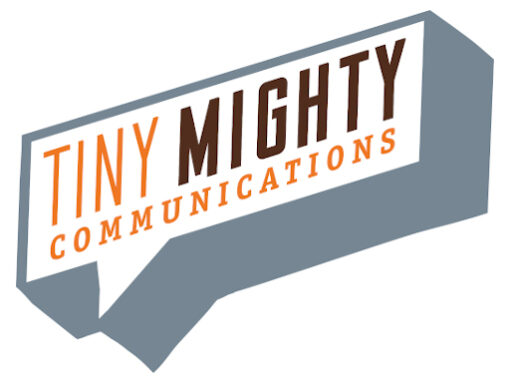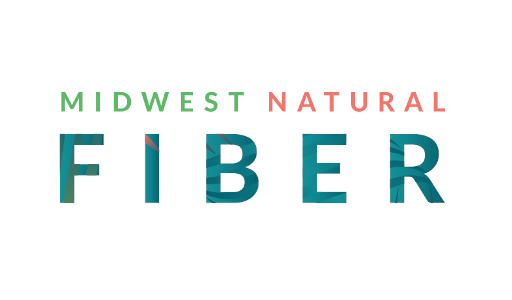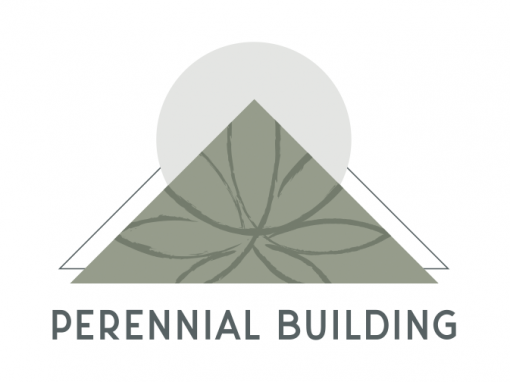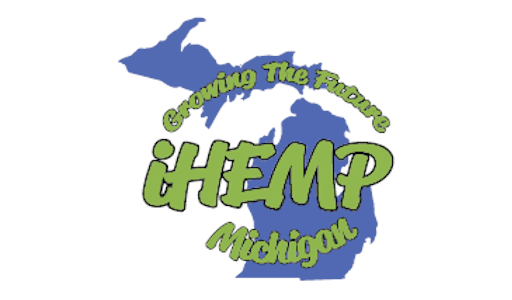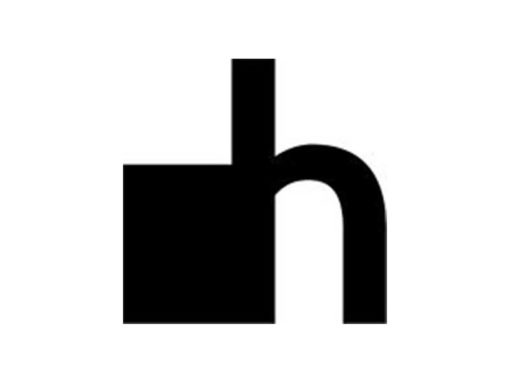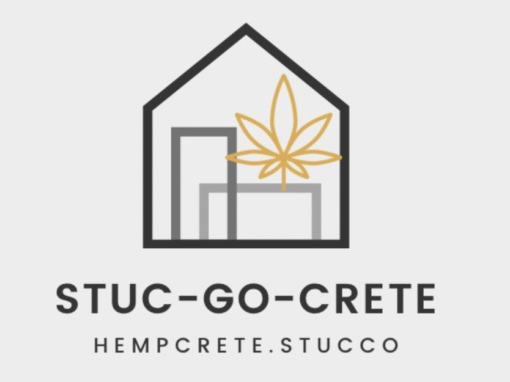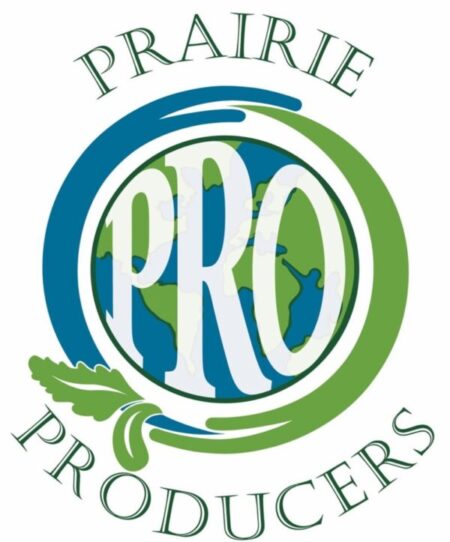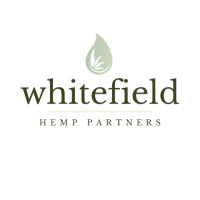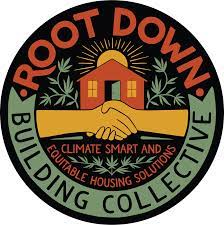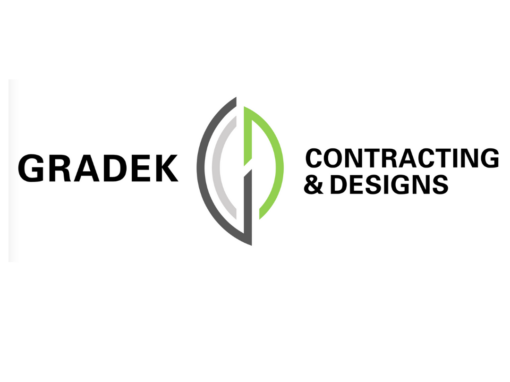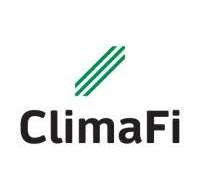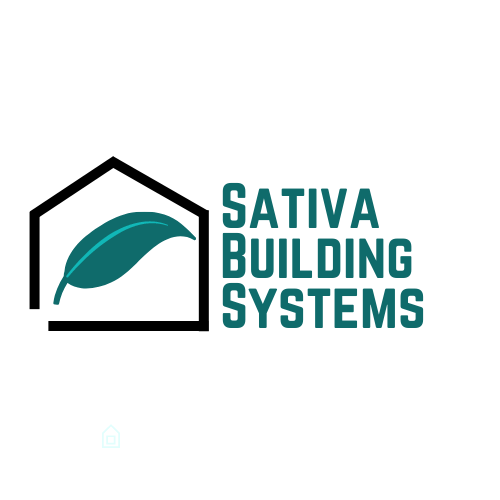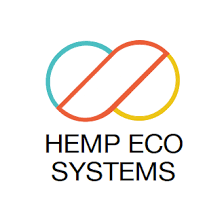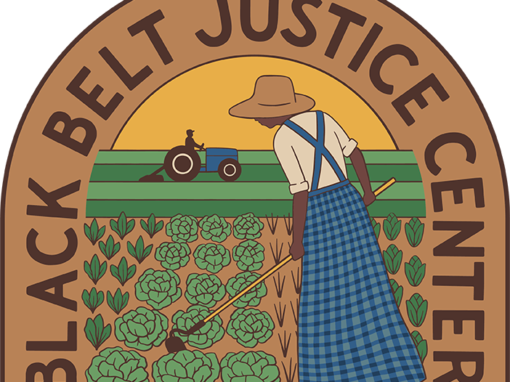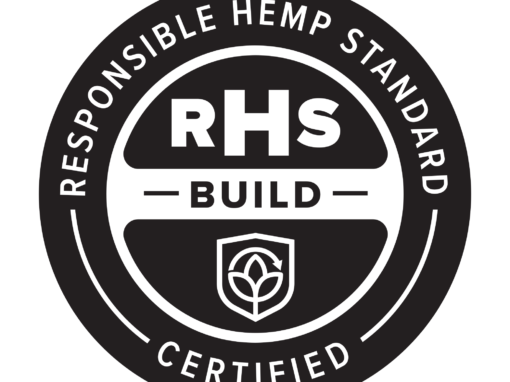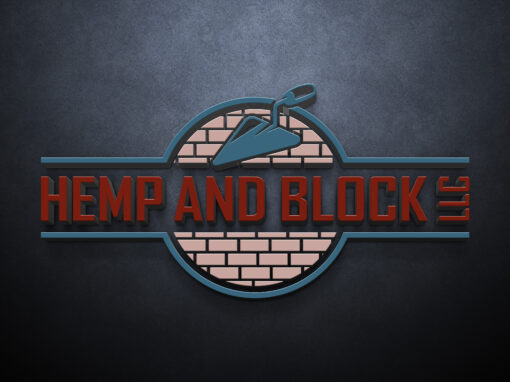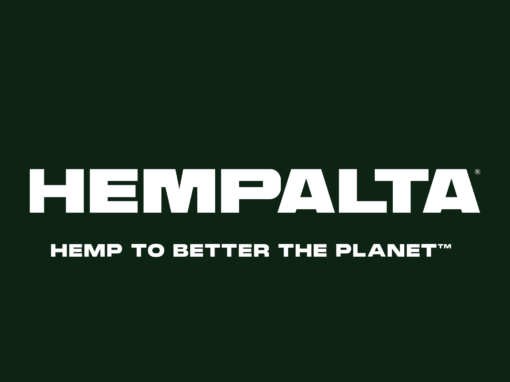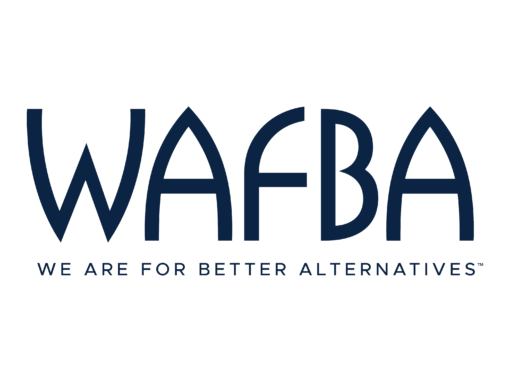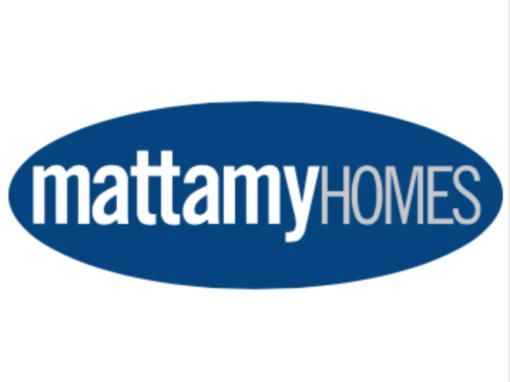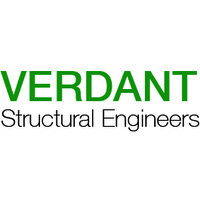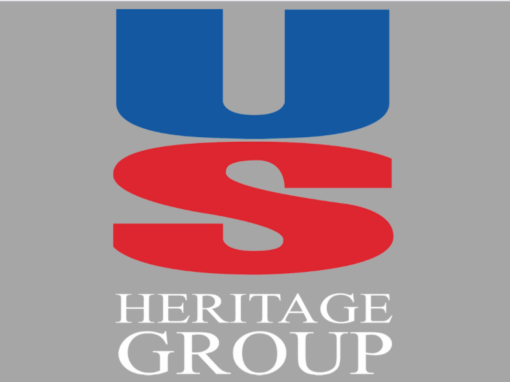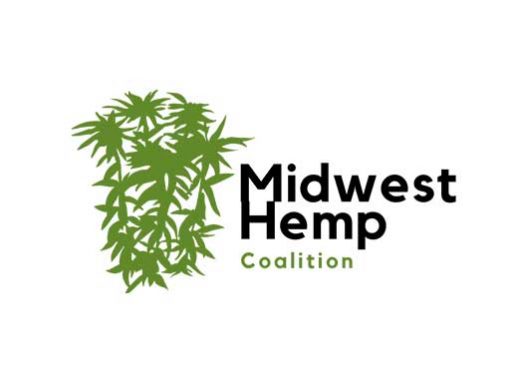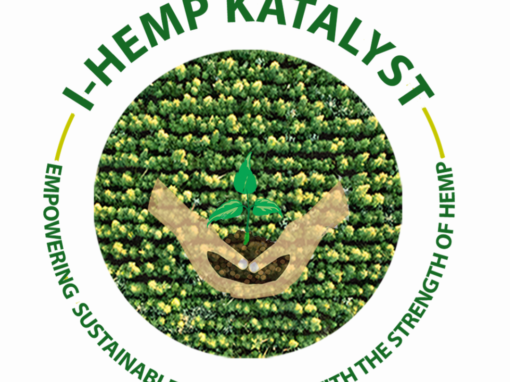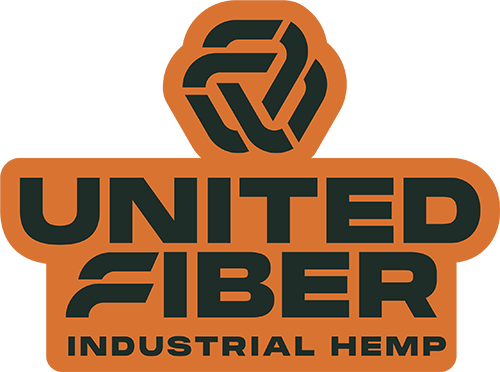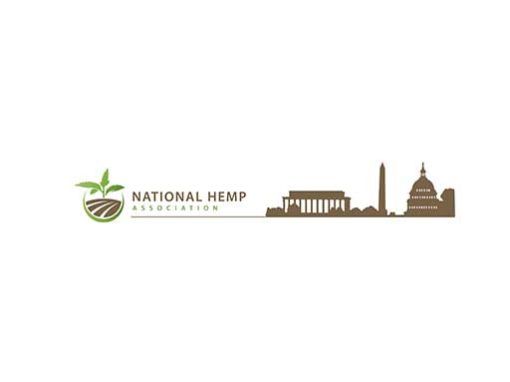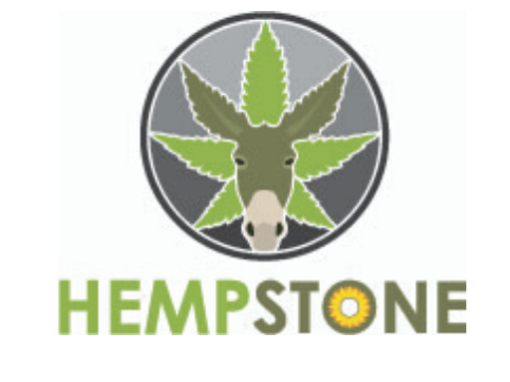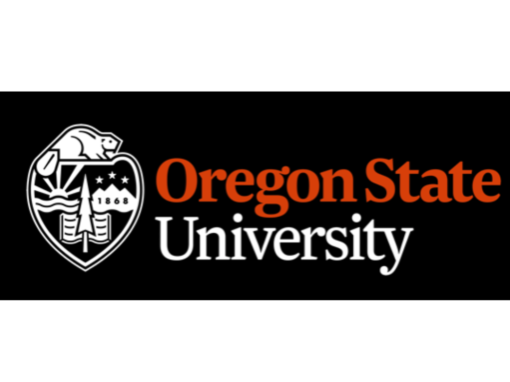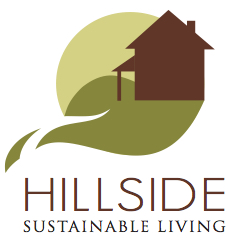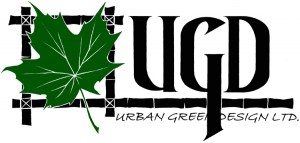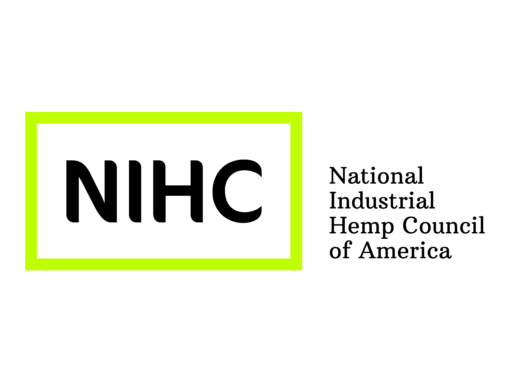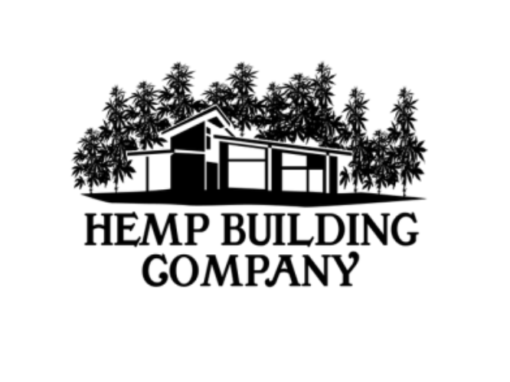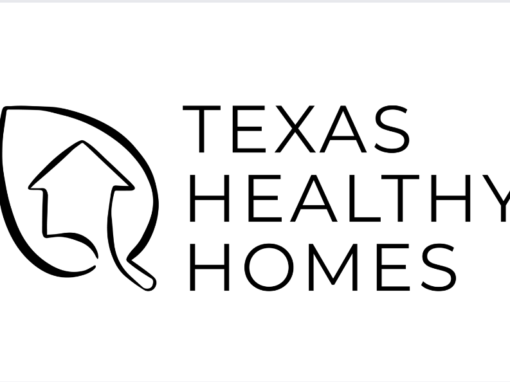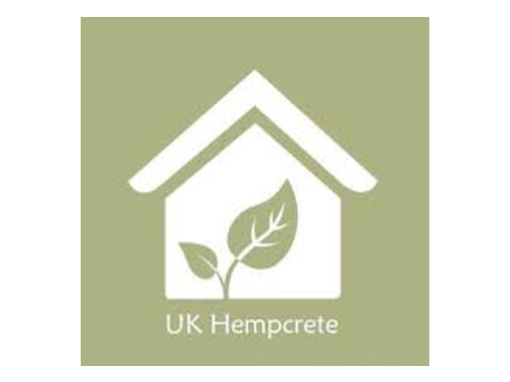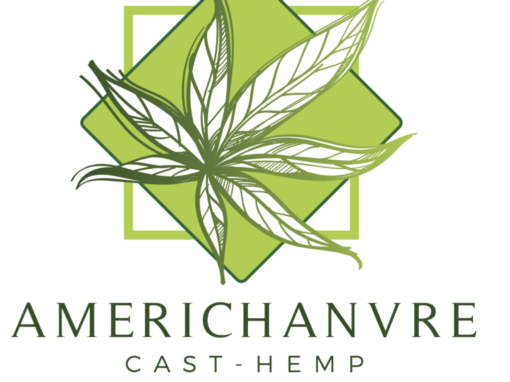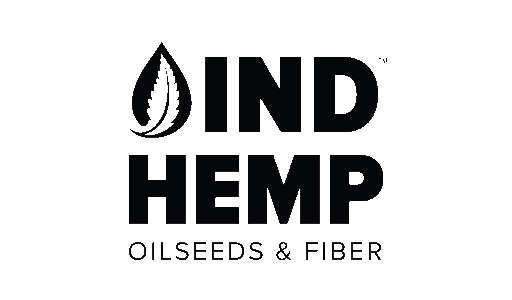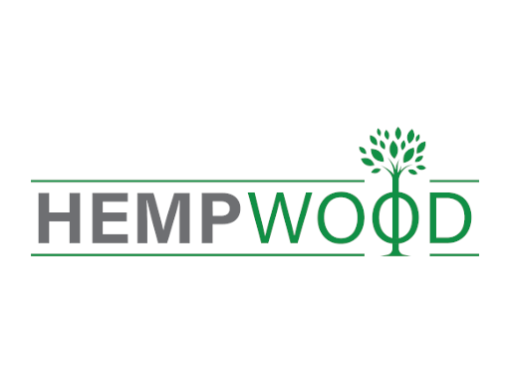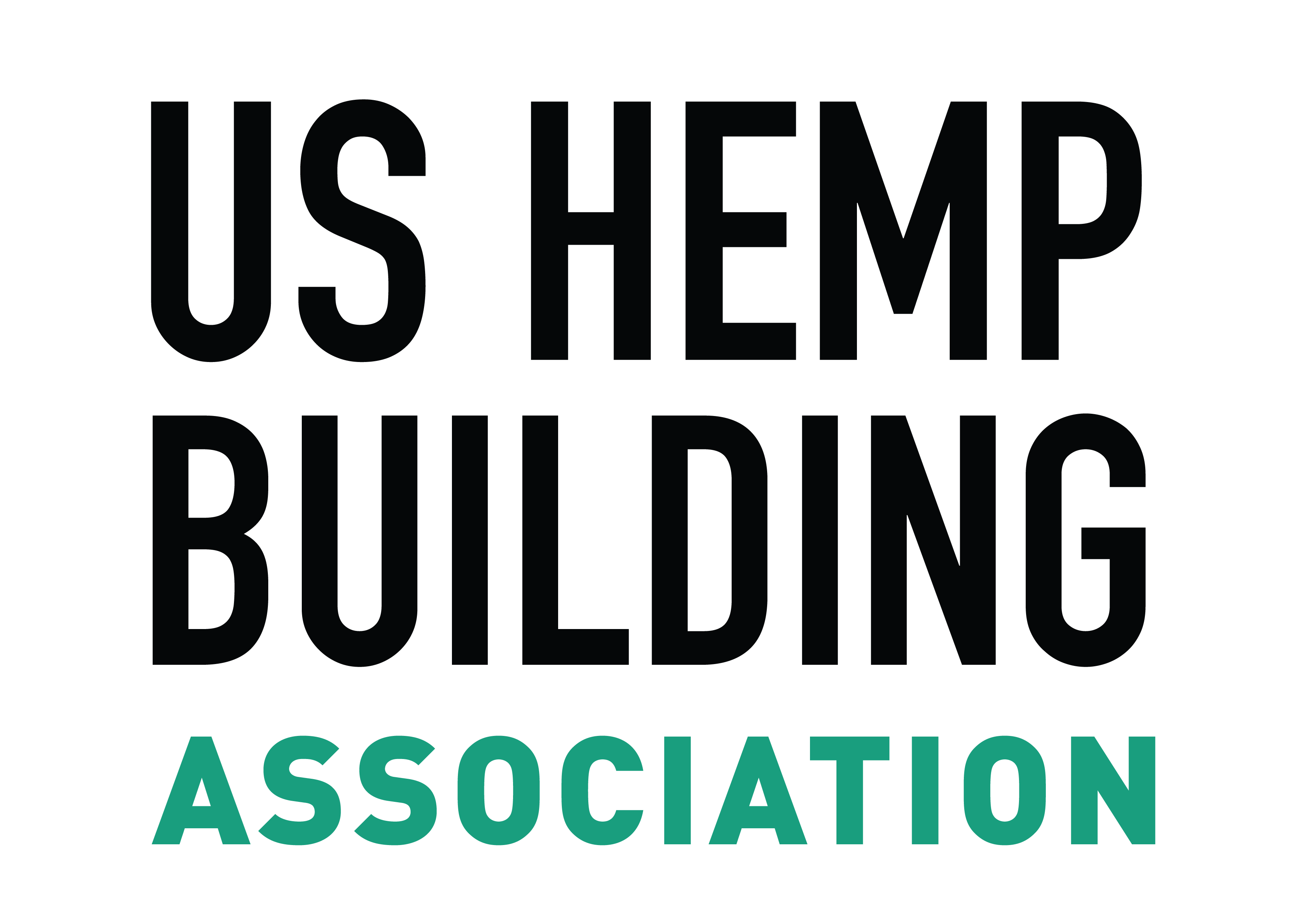Codes & Certification
If we can get into building codes, we will lower hurdles to building with hemp products, make it more accessible to the market, and allow for large construction projects to see hemp building products as a viable option.
Latest Updates
Hemp-Lime Appendix Published in 2024 US Residential Housing Codes
After years of efforts from USHBA volunteers and consultants, the governing body for national building codes in the United States released a residential building code that included hemp-lime (hempcrete) for the first time. The International Code Council's update of...
USHBA Announces Building Code and Standard Developments
The US Hemp Building Association, trade association for the hemp building industry, announced upcoming developments for 2024, including hemp-lime (“hempcrete”) listed in US building codes, removing barriers for commercial architects and designers and helping hemp processors attain a “building grade” hemp spec.
Hemp-lime IRC Proposal Recommended for Approval
This week in New York, the International Code Council (ICC) approved Hemp-lime (Hempcrete), Proposal_RB316-22 for the International Residential Code (IRC). This is the first step toward the ICC’s formal adoption of hempcrete as an officially recognized residential...
Certification Challenges
Hempcrete has an issue with permitting in the US due to one of the basic core functions of a Hempcrete structure. Hempcrete is meant to be a vapor-permeable wall system that will allow the passive transmission of moisture vapor through the wall to improve the thermal performance of the structure and create a better indoor air environment. However, US buildings are designed with a different standpoint on permeability and the building standards differ from the European building standards where the hempcrete system was developed.
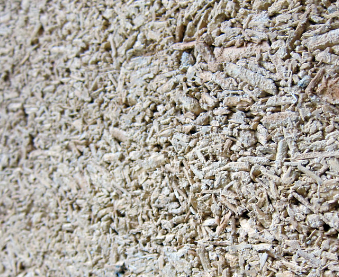
Who Approves Certification?
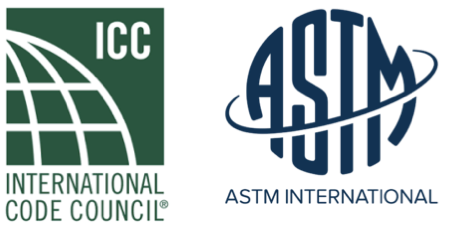
The International Code Council
The ICC will determine how Hempcrete can be used in a building. Current ICC codes typically require the use of vapor barriers in the building envelope and impermeable sheathing as structural bracing. Both elements impede the performance of hempcrete and should be avoided for best results. Fortunately, the ICC includes code appendixes that account for systems with high permeability requirements. “Straw Bale” and “Light Straw-Clay” Construction both have special building code standards added to the ICC and have similar permeability requirements as Hempcrete. This provides a roadmap for the certification of Hempcrete under ICC requirements.
The American Society for Testing & Materials
ASTM will determine what hempcrete is and how to measure its performance. There currently exist ASTM standards for the testing of thermal, fire and permeability characteristics of building materials which can be applied to hempcrete. However, ASTM specifications need to be developed to define what is considered hempcrete for construction purposes. This will require standards to be developed defining the physical characteristics of the hurd and the binder, as well as performance standards that do not fit into the existing ASTM testing standards.
How to Take Action
The USHBA needs to engage the ICC and ASTM to establish the building standards for Hempcrete in order to solve the permitting and performance issues that have prevented Hempcrete from gaining a larger presence in the US. While the exact cost of this process is yet to be determined, initial estimates are $20,000-50,000 for ASTM certification and $300,000-500,000 for ICC accreditation. With effective fundraising and grants from local and state organizations, Hempcrete can undergo accreditation and be ready for widespread use within the year.
Corporate and Organizational Members

